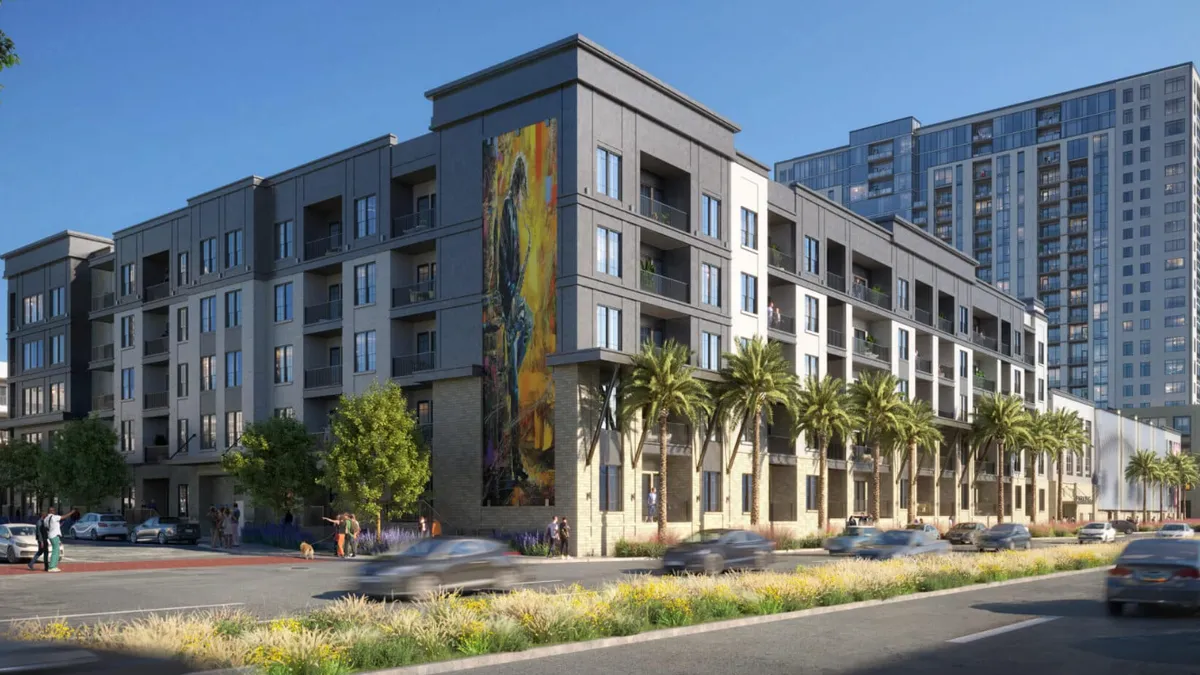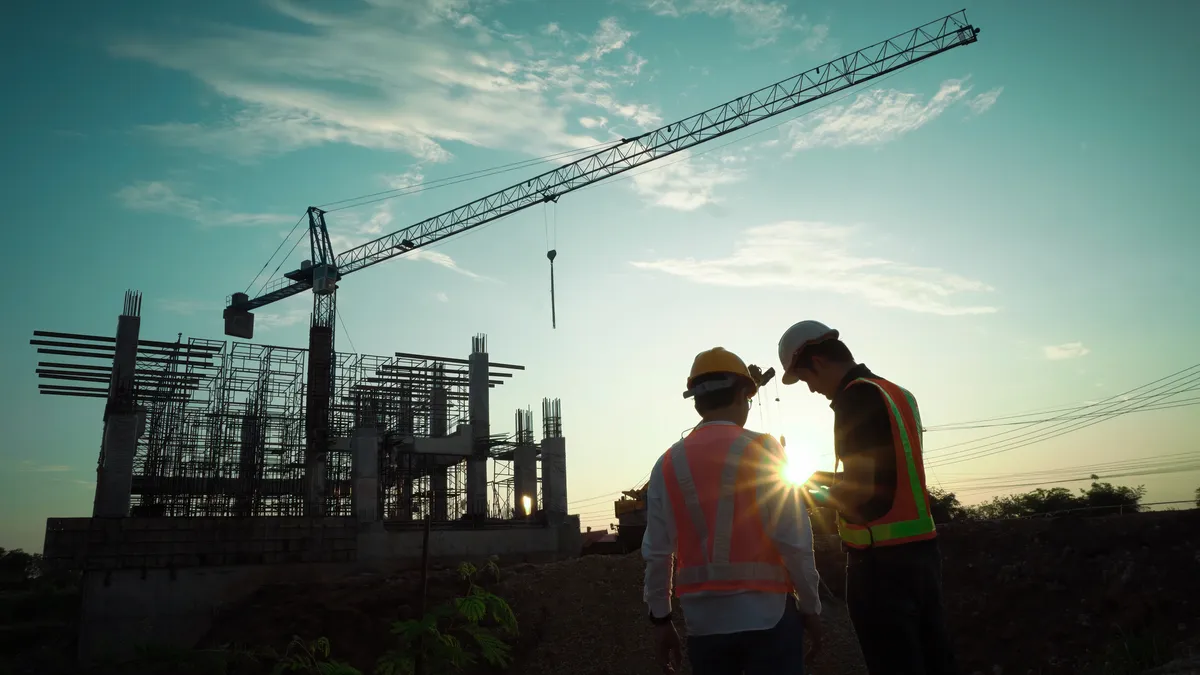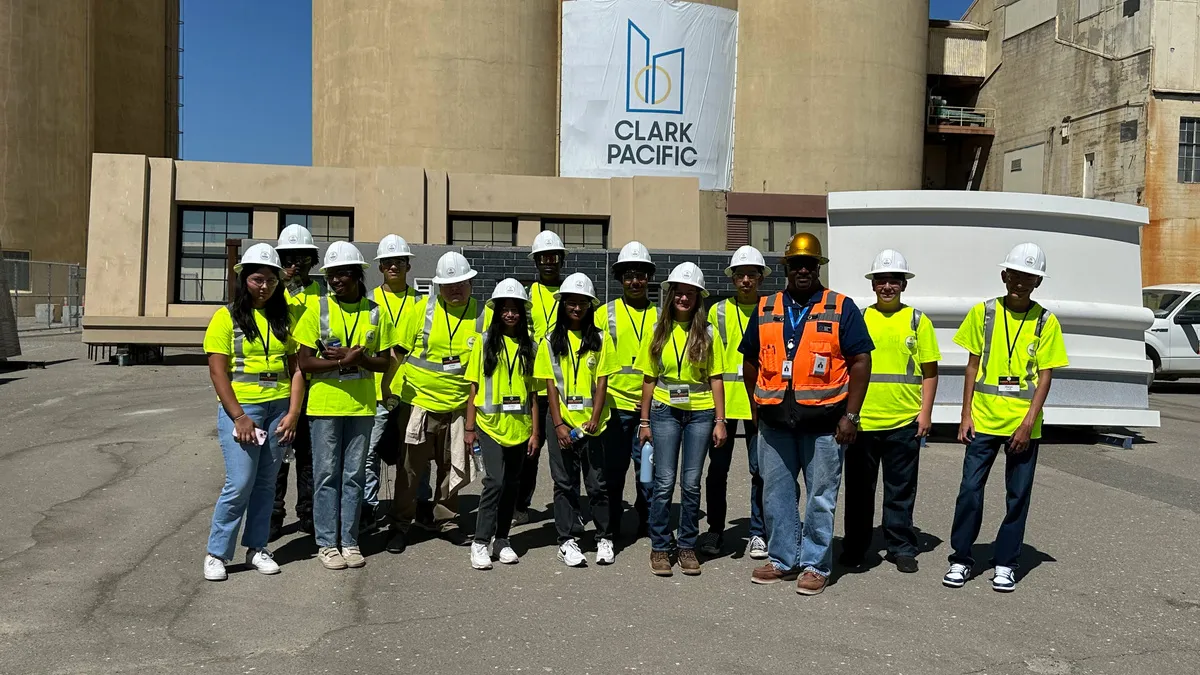Home design fads come and go — think avocado-hued appliances, iconic Southwest images dipped in pastels and wall-to-wall chevron — but trends, often born out of lifestyle shifts, have a longer shelf life. We're checking in with the experts to see which popular styles are holding their own throughout the year, and what we can expect to see as we move toward the end of 2016.
Color
At the end of 2015, color software developer Pantone Color Institute announced that 2016 was going to be all about Serenity and Rose Quartz — essentially baby blue and blush pink. However, nearly all other color industry leaders predicted that this year's "it" color would be some variation of perennial favorite white. Sherwin-Williams chose "Alabaster," Benjamin Moore opted for "Simply White," Glidden gave "Cappuccino White" the nod, and Behr went with "Bowstring" and "Ivory Keys."
This color trend toward simplicity is here to stay, according to Kelly Scibona, director of architecture at FrontDoor Communities in Atlanta. Homeowners are laying the groundwork for the interiors of their homes with neutral, subdued colors and then dressing them up with textures and pops of color — which are a way to make the space unique and avoid having to spend a fortune when it's time to change things up. Accent-wise, Scibona said the use of rustic wood is on the rise, as are any other natural materials that can help create a clean, crisp design.
Designer Bobby Berk agreed that neutrals are hot, but he added that mauve, somewhere along the lines of Pantone's Rose Quartz, is also a big hit, with its popularity increasing over the past few years. Homeowners are also choosing gray wood floors. "Gray wood doesn't limit what you can do in the rest of your house," he said.
Better use of less space
It's up in the air as to how much space millennials or other demographics — like downsizing baby boomers — are willing to sacrifice in order to live as close as possible to a hot location. In Scibona's experience, she said it's not so much about a smaller space, but changes homeowners make to maximize what they have.
People are choosing fewer, larger multipurpose rooms over quantity, and Berk said millennials are of the same mindset. "Millennials are willing to give up large space for smart space," he said. Younger homeowners are also chopping off master bedroom and master bathroom area in order to have larger communal spaces to enjoy with friends and family.
Both Scibona and Berk said open floor plans still rule, even though earlier this year there was buzz about enclosed kitchens making a comeback. Neither Berk nor Scibona have seen any evidence of this. "The kitchen is the heart of the home," Berk said. An open floor plan fosters a sense of community that millennials are after, and Scibona said rooms that flow into each other can give even small spaces a roomy feel. In particular, Scibona said, tall ceilings, which her customers are requesting more and more, can make tiny rooms seem larger.
So what about that messy kitchen? Berk, who is also a designer for homebuilder Pardee Homes, said a service kitchen might be the answer. A small room next to the kitchen, similar to the size of a large walk-in closet, outfitted with a small refrigerator, dishwasher, sink and pantry can provide a place to stash those dirty dishes and general mess when entertaining.
Indoor-outdoor space
Indoor-outdoor living has been popular in California for years because of the agreeable climate, but other areas of the country are now incorporating it into home design as well. Screening keeps unwanted insects out, and Scibona said modern sliding glass and folding doors can help create a seamless transition from indoors to outdoors, in some cases doubling the space for entertaining. Berk added that flooring in those transitional spaces can also make guests feel as if the spaces simply flow together.
Universal design
Universal design aims to serve a homeowner throughout the phases of life and to help deal with the effects of chronic illness or injury. This design philosophy, however, is not just for those physically challenged or planning to age in place. It seems millennials are thinking of the future as well.
Berk said, "It's hard enough for millennials to buy one home," much less develop a plan to buy several during a lifetime, so that group is looking for a home to serve them for many years. That's where extra spaces like Pardee's GenSmart Suites come into play.
Berk said they can function as income suites for renters or Airbnb guests, in-law suites or a place for a home office. This could be the game changer for some millennials on the fence about buying home, fearful that, if there is a job loss or some huge expense, they won't be able to pay the mortgage. Knowing they can rent out an extra room in their home can provide that extra feeling of security when making such a huge financial commitment.
Walkability
The walkability of a neighborhood or housing development has been a recurring theme throughout the year. Urban living is the holy grail of homeownership for certain people, but for younger homebuyers or for those who just don't have the income for city digs, they don't have to look farther than the suburbs to find urban-like environments popping up all over the place.
Scibona said developments in Roswell, GA, and Woodstock, GA, all suburbs of Atlanta, are popular, as they are catering to that desire. "People are excited about that," she said. The need for community is also informing local architecture, with houses being built closer to the street, putting homeowners in close proximity to pedestrians.
"Millennials want to be involved in community and want to feel community," Berk said. There's a reason that 18 million people call New York City home. People want community, he said, and it's not just limited to millennials. Multiple demographics are willing to give up space and "stuff" in order to achieve the lifestyle they want. "Excess isn’t the best," he said.
















